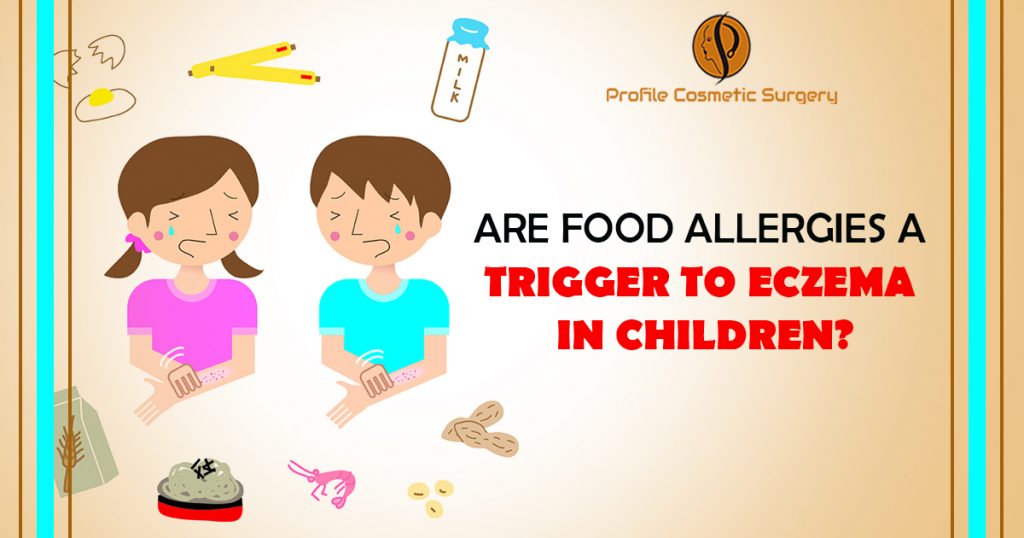What is eczema?
The word eczema is utilized to portray various perpetual skin issues. Atopic dermatitis is the most widely recognized sort of eczema, particularly in infants and youthful youngsters.
Symptoms of eczema
Eczema is an interminable condition which causes red and itchy regions on the skin. Here and there the itching is extremely serious. At the point when skin is scratched it can break open, overflow and after that covering over. Infants with eczema regularly have it on their cheeks, scalp, and forehead. Older youngsters regularly have it on the face, wrists, hands, feet, within the folds of their elbows, knees, and lower legs.
Food allergy
A food allergy happens due to an irregular immune reaction to a food protein. Nourishment proteins that can cause unfavorable allergic reactions are known as food allergens. Dealing with this problem includes maintaining a strategic distance from the food that causes the food allergy. In the event that you presume your infant or kid is responding to nourishment, quit giving that food and converse with your specialist. Your specialist may refer your kid to a dermatologist if a treatment plan is required.
Does food allergy cause eczema?
Despite the fact that food allergy is increasingly regular in kids who have eczema, they are isolated conditions. Food allergy does not ordinarily cause eczema, but rather having dermatitis may build the possibility that a food allergy creates.
Differences between the skin symptoms of eczema and food allergy
An allergic reaction to a portion of food normally happens rapidly. Indications of this problem at that point leave, more often than not following a few hours, as long as the nourishment isn’t eaten once more. Eczema will, in general, appear in unsurprising spots, for example, on the cheeks of youthful infants or elbow wrinkles of more established youngsters. The spots on the skin where indications of an allergic reaction to a food show up are increasingly erratic. Hives, itching, and redness from an allergic reaction can appear pretty much any place on the body and even in better places each time the nourishment is eaten.
How might I help control my kid’s eczema?
Pursue everyday showering routine and apply lotion directly after the shower to help saturate your kid’s skin. Applying lotion following the shower is likely the absolute most critical thing that you can do to encourage your youngster’s skin. Continuously wash your hands previously applying lotion. Apply lotion liberally to all skin surfaces. Abstain from rubbing. Use cream after each shower, after hand washing and in the wake of swimming. Additionally, utilize skin medications to quiet the immune reaction when required. Keep your youngster’s fingernails short and clean. This can help keep a disease if the skin gets scratched. Moreover, wash new garments and expel labels before your kid wears them.




